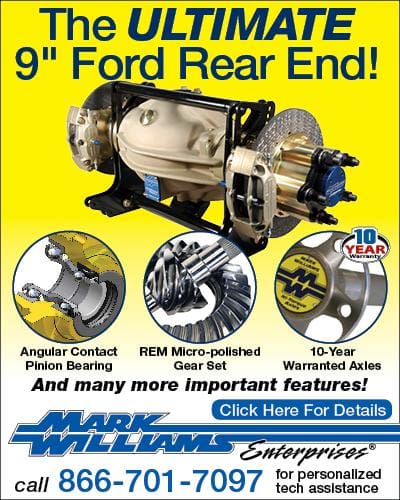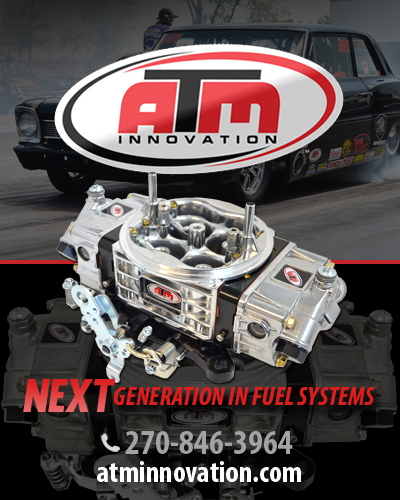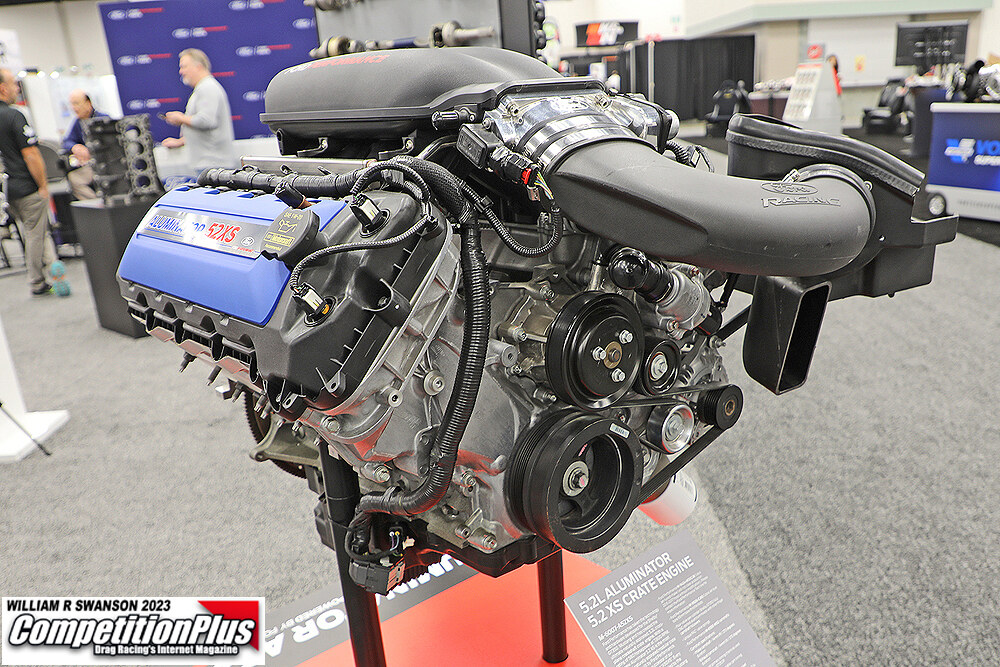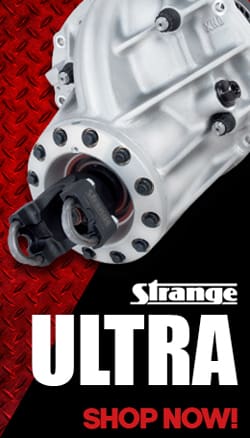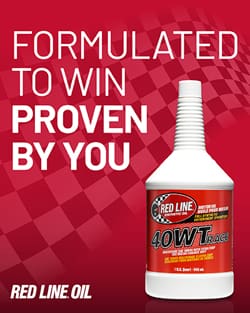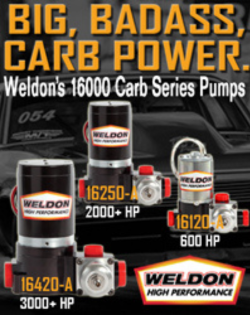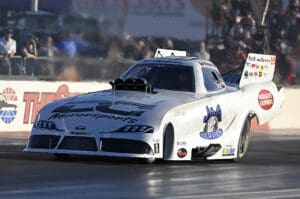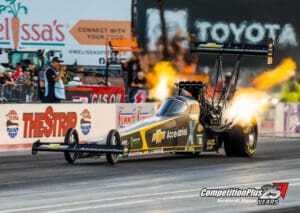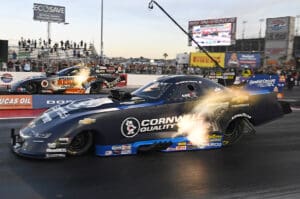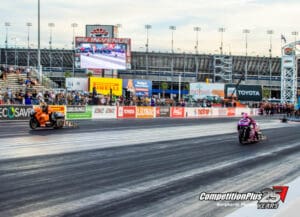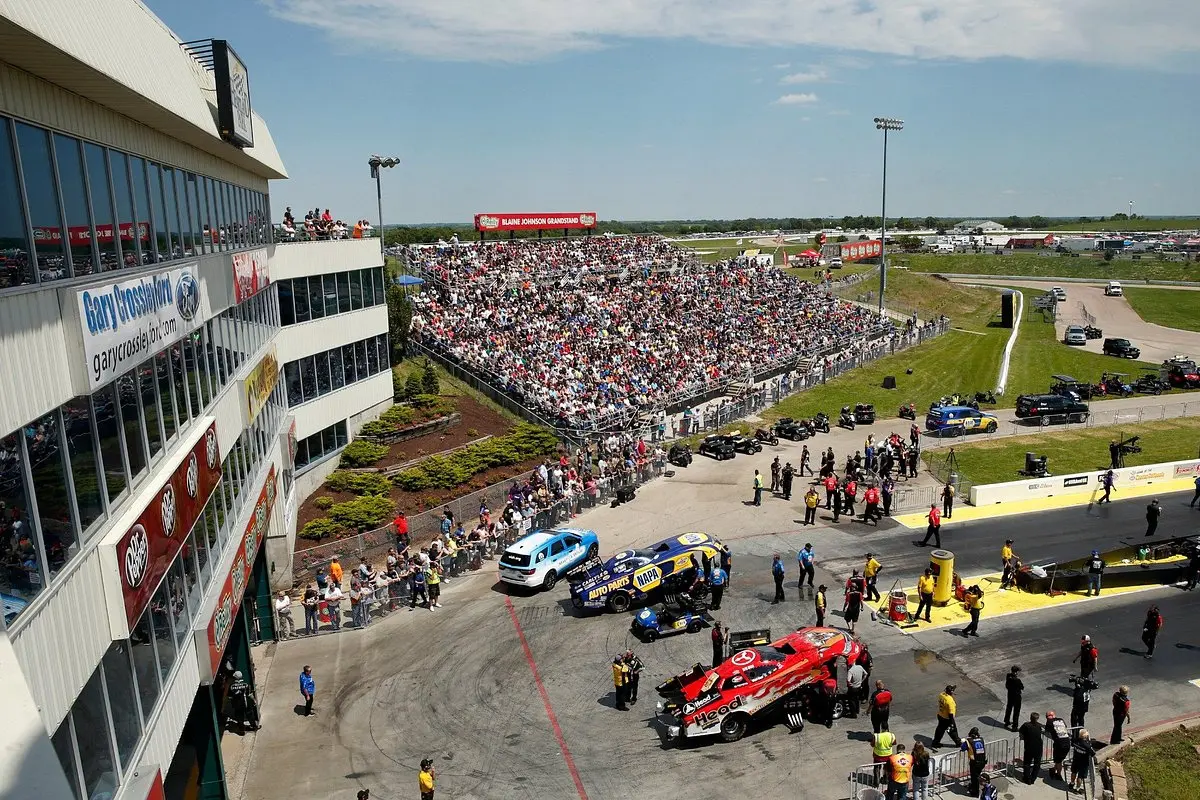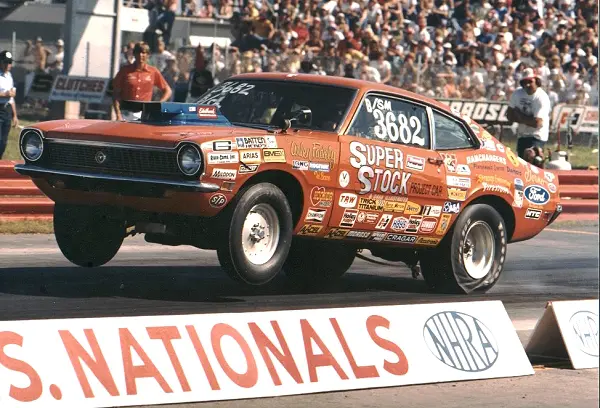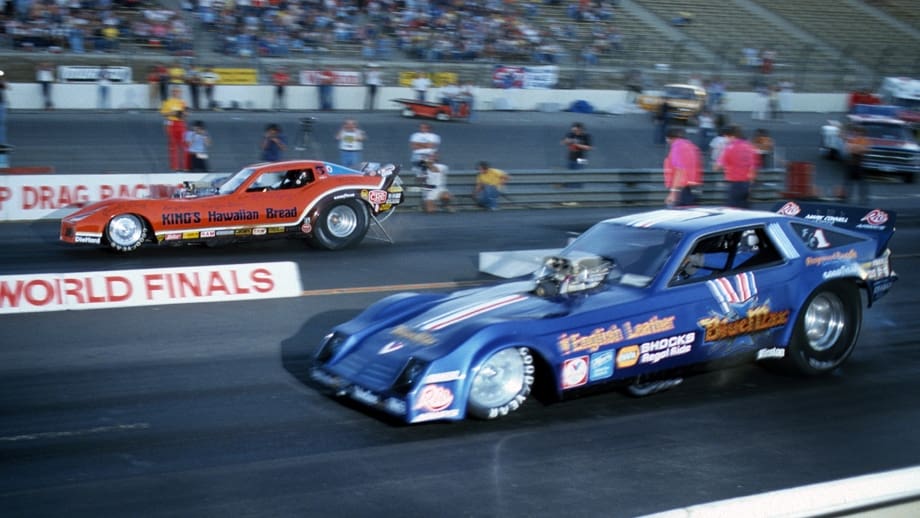Originally published December 2008
Bob Glidden’s Undefeated 1978 Fairmont Was Ugly, But A Perfect Transition

 Ask ten-time world champion Bob Glidden what he remembers about the only known undefeated Pro Stock car in drag racing history and he’ll tell you it had an appearance that only a mother could love.
Ask ten-time world champion Bob Glidden what he remembers about the only known undefeated Pro Stock car in drag racing history and he’ll tell you it had an appearance that only a mother could love.
And, yes, Glidden was a mother with his 1978 Ford Fairmont, which never lost a round of competition, national, regional or match race.
“It was ugly but looks never won races,” Glidden admitted. “We were just battling the NHRA with the rule deals. They kind of had a rule for me and then a rule for everyone else. That car got a little bit of a weight break.”
Glidden’s Don Hardy Fairmont debuted at the 1978 NHRA Summernationals in Englishtown, N.J., and from that point everyone in the Pro Stock field was racing for second place, whether it was qualifying or eliminations. This docile appearing Ford passenger car would go on to qualify No. 1 at every single NHRA event that season, both national and regional, and win every time it came to the starting line.
“There were no trick parts to it,” Glidden added. “It was just a big old boxcar.”
 The most impressive part of the car was not what was under the hood or in the chassis and not even who was driving, the key factor to this car was that he didn’t have to spot the competition the traditional 300 pounds in weight breaks.
The most impressive part of the car was not what was under the hood or in the chassis and not even who was driving, the key factor to this car was that he didn’t have to spot the competition the traditional 300 pounds in weight breaks.
Glidden ran Ford engines displacing as few as 332 inches and as large as 340.
“We only had to give up 150 pounds and back then that meant a whole lot to us,” Glidden added.
The car featured a chassis with quite a few similarities to today’s current design. In fact, Glidden admitted the chassis in the Fairmont was nearly a knock-off of the one he ran cloaked with a Pinto body in 1976 and 1977.
“It was very much the same to what Pro Stock cars are today,” Glidden confirmed. “It wasn’t really ahead of its time because the chassis hasn’t changed that much over time. These chassis builders will stick a new tube in somewhere or nowhere and claim it’s different. But these aren’t much different than then.”
Glidden rode the train of good fortunes as long as he could without question. He never thought about when the streaks would end, acknowledging them, he admitted, would have ended them.
“I didn’t wonder about it because we were lucky with that car,” Glidden said. “We had a lot of luck. In this racing thing more than anything else when you get on a roll good things can happen because people are afraid they’re going to lose to you. I don’t think I intimidated them I think they intimidated themselves.”
One of his favorite adversaries was none other than Bill Jenkins, who Glidden alleges made disparaging comments about the Fairmont in its 1978 debut.
 “Jenkins was kind of running his jaws so I pulled the chute on him at about 1000,” Glidden said, pausing to laugh. “That was the first major event it ran. He was telling me all the things he was going to do and how bad he was. He was really just being an asshole. No one really knew how quick that car was. It was kind of like the Plymouth Arrow when we came out with it.”
“Jenkins was kind of running his jaws so I pulled the chute on him at about 1000,” Glidden said, pausing to laugh. “That was the first major event it ran. He was telling me all the things he was going to do and how bad he was. He was really just being an asshole. No one really knew how quick that car was. It was kind of like the Plymouth Arrow when we came out with it.”
Halfway into the Fairmont’s existence, Glidden secured a deal with Chrysler to run a factory-backed effort in 1979. Ford hadn’t offered Glidden any factory backing in his years prior. In the midst of the Fairmont’s domination, Glidden began testing the Plymouth Arrow.
The Fairmont provided the perfect bridge from one manufacturer to another. The Mopar testing regimen proved more of an asset to his current efforts than a distraction.
Unfortunately for the competition, Glidden learned more with each run regardless of the combination. Within five runs at a private tire test, Glidden bettered the world record with the Mopar, a record the Fairmont held.
The timing was perfect because the end of the Fairmont’s tenure was plagued with pencil whippings administered by the NHRA’s tech department. Any perceived advantage when it was debuted was quickly dissolved by the end of the season.
“The Arrow was as good as the Fairmont because it weighed as much as the small-block Chevrolet,” Glidden admitted. “They put weight on me and took a lot off the GM’s but at the end of the season it didn’t matter because we had plenty left.”
Then came the end of the season and the last hurrah for the Fairmont, was Glidden bummed?
“Not really, the Fairmont served its purpose,” Glidden said. “It was the link to the next chapter in my racing career. There was a lot to look forward to for the next season, but that Fairmont sure did make racing fun in 1978. Maybe not for everyone else, but it did for me.”
It’s Saturday, very little racing to do, so we’ve opened up our collection of old drag races – the 1978 NHRA World Finals from Ontario, Ca. – https://t.co/DUze73cQrL pic.twitter.com/XTPyBJgdHB
— Competition Plus (@competitionplus) April 25, 2020










